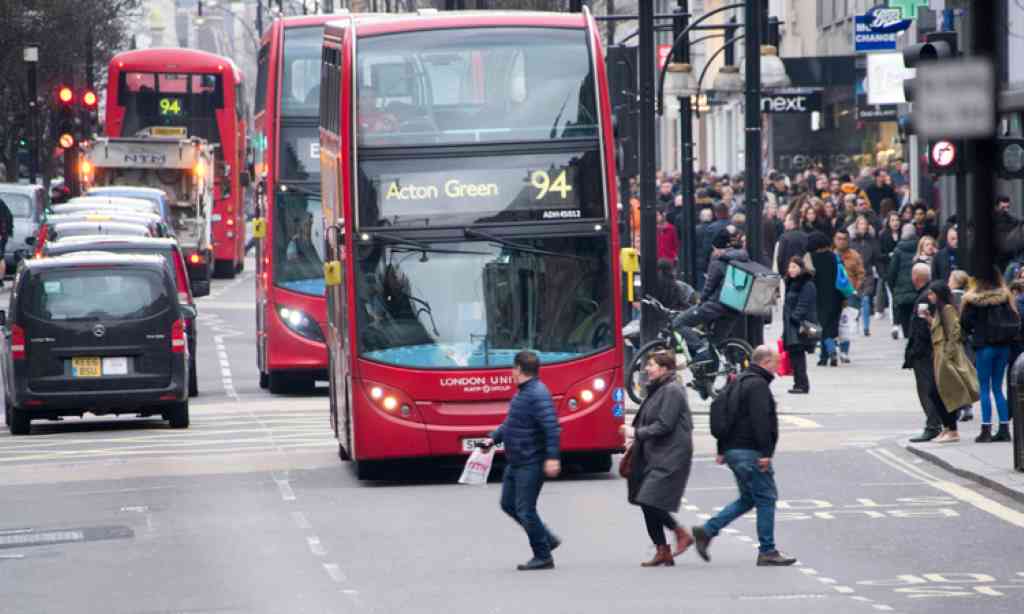
16 Jun The Economic Engine of Public Transportation: Beyond the Fare Box
Public transportation is often seen as a convenience or necessity for those without cars. However, its economic impact extends far beyond individual commutes. Investing in robust public transportation systems can stimulate economies, improve quality of life, and contribute to a more sustainable future. Let’s delve into the multifaceted economic benefits of prioritizing public transportation.
1. Job Creation and Economic Stimulus
Building and maintaining public transit infrastructure is labor-intensive, creating a wide range of jobs:
- Construction and Manufacturing: From engineers and planners to skilled tradespeople, building buses, trains, and stations fuels employment across various sectors.
- Operations and Maintenance: Drivers, mechanics, customer service representatives, and countless others are employed to keep systems running smoothly.
- Indirect Jobs: Public transit enables workers to access employment opportunities they might not reach otherwise, indirectly supporting job growth in other industries.

Investing in public transportation not only fosters mobility but also stimulates economic growth. Research indicates that every dollar allocated to public transit yields a multiplier effect, generating several additional dollars in economic activity. This is particularly evident through heightened productivity and increased consumer spending, as communities reap the benefits of efficient and accessible transportation networks.
Furthermore, according to a review by HomelessNation on easy public transport advantages and disadvantages, strategic investment in public transit can also address social issues like homelessness by improving access to opportunities and essential services for vulnerable populations.
2. Enhanced Productivity and Reduced Congestion
Traffic congestion is a notorious economic drain, costing billions annually in lost time and wasted fuel. Public transportation provides an alternative, easing congestion and improving overall traffic flow. Understanding the advantages and disadvantages of public transport can help policymakers and citizens make informed decisions about its implementation and use.
When commuters choose public transit, they:
- Free up Road Space: This reduces traffic jams for those who must drive, allowing goods and services to move more efficiently.
- Save Time: Reliable public transit can offer faster, more predictable travel times than sitting in traffic, especially during peak hours. This time saved can be used for work, leisure, or family, boosting overall productivity.
3. Real Estate and Business Development
Public transportation is a magnet for economic development. Businesses often locate near transit hubs to attract customers and employees. Properties near stations tend to have higher values, boosting tax revenues for cities and regions. This is particularly true for “transit-oriented development” (TOD), which focuses on creating walkable, mixed-use communities around transit stations.
Transit accessibility can revitalize neighborhoods, attract new residents, and stimulate the local economy. It also provides businesses with a larger pool of potential customers and employees, regardless of their car ownership status.
4. Environmental and Health Benefits with Economic Returns
While not strictly economic, the environmental and health advantages of public transportation have significant economic consequences:
- Reduced Emissions: Public transit is inherently more fuel-efficient per passenger mile than private cars, reducing greenhouse gas emissions and air pollution. This leads to healthier populations with lower healthcare costs and fewer missed workdays.
- Less Land Use for Parking: Expansive parking lots are not only unsightly, but they also represent unproductive land use. Public transit requires far less space for parking, freeing up land for housing, businesses, or green spaces.
5. Accessibility and Equity
Public transportation is a lifeline for many, providing affordable access to jobs, education, healthcare, and other essential services. This is especially true for:
- Low-Income Individuals: Those without cars can participate more fully in the economy and access opportunities that would otherwise be out of reach.
- Seniors and People with Disabilities: Public transit can offer greater independence and mobility, contributing to their quality of life and economic participation.
By improving accessibility, public transportation promotes a more equitable and inclusive society, where economic opportunities are not limited by transportation barriers.
Conclusion
Investing in public transportation is not simply a matter of convenience; it is a strategic investment in economic growth, sustainability, and improved quality of life. While the benefits may not always be immediately apparent, they are undeniable and far-reaching. As cities and regions plan for the future, prioritizing public transportation should be at the forefront of their economic development strategies.


No Comments